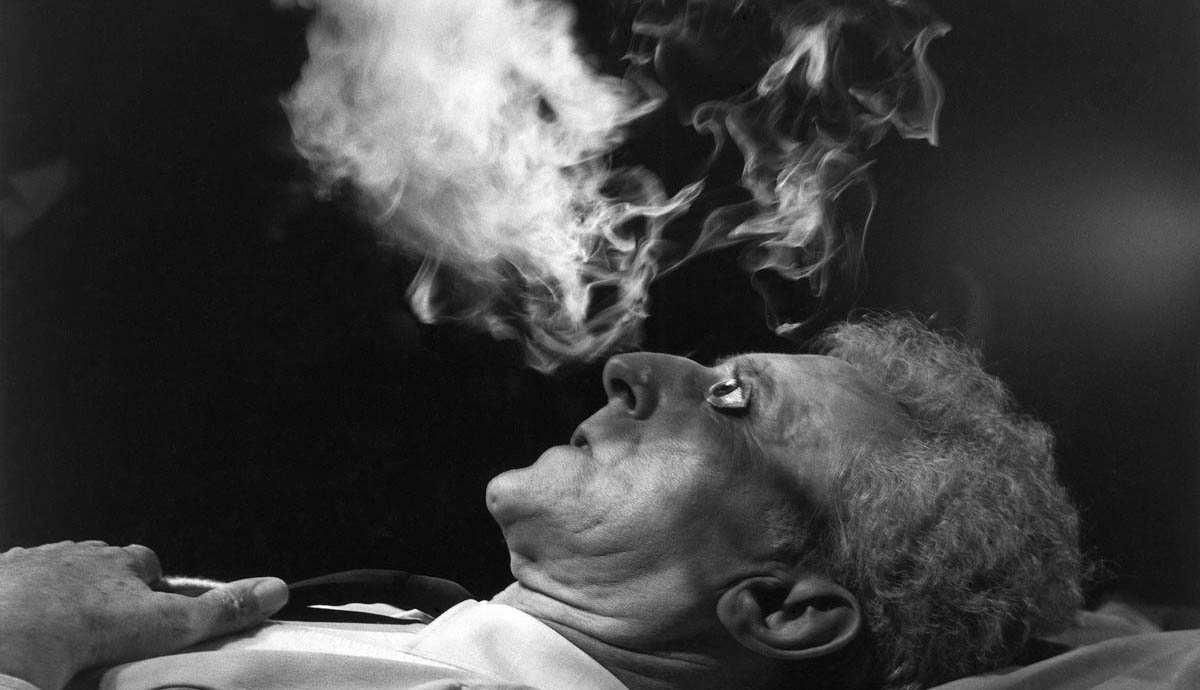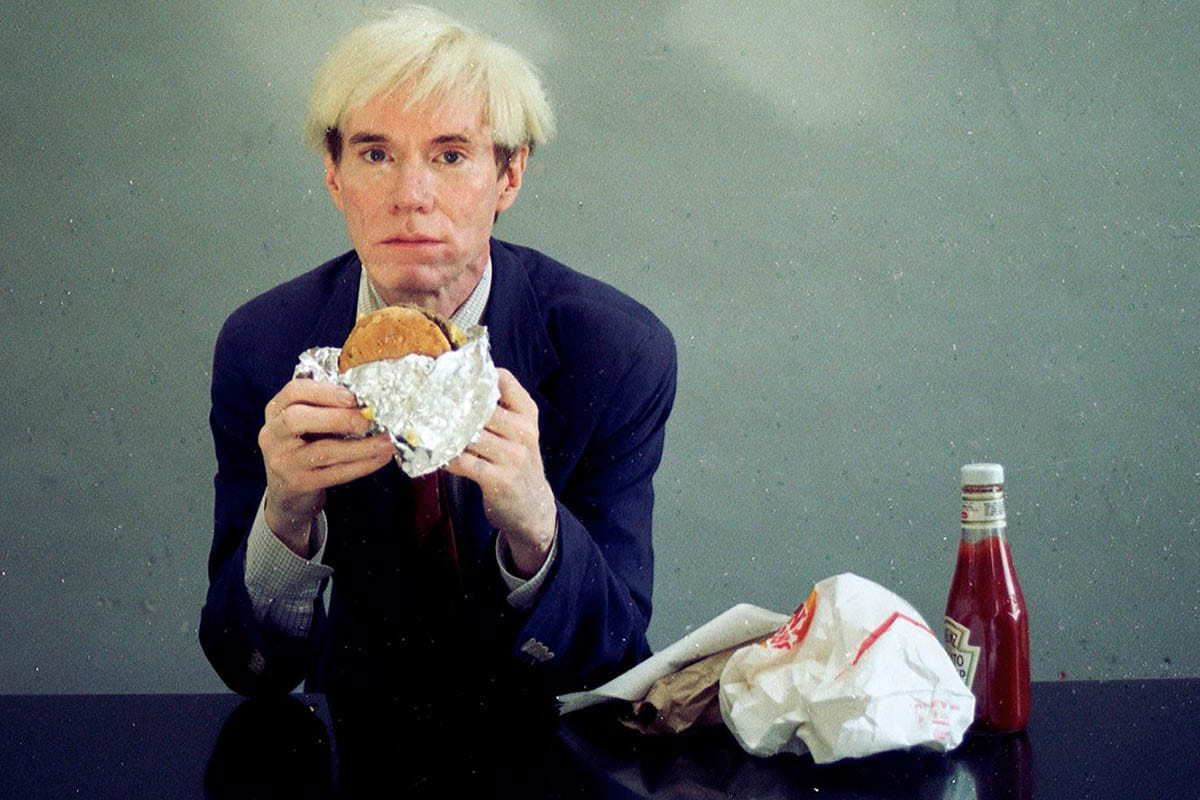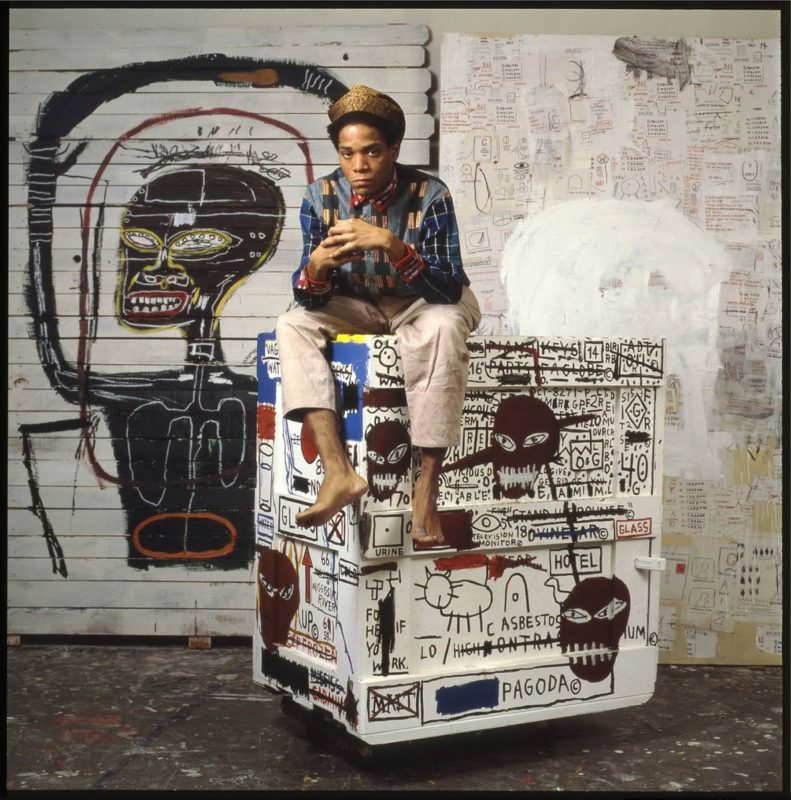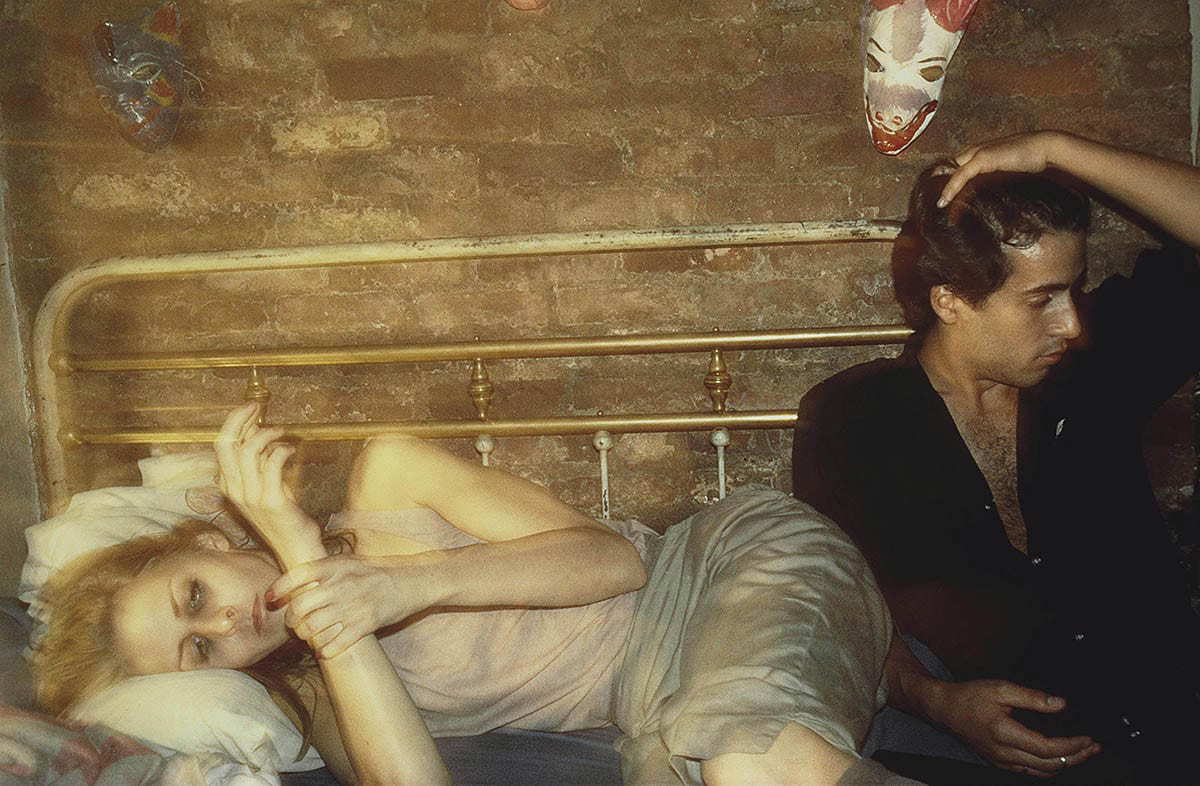
When you think of artists and narcotics, you might conjure up images in your mind of Hieronymus Bosch’s nightmarish biblical scenes or Salvador Dalí’s melting clocks. However, there’s no evidence that either of these two artists ever actually took drugs at any point in their lives. After all, Dalí once famously stated, “I do not take drugs, I am drugs.”
Famous Artists And Narcotics: A Complicated History

There is a long and fabled history of artists experimenting with drugs – of all kinds and in all periods. Narcotics use has perforated the entirety of human history; from ancient ayahuasca rituals, through to the cocaine-fuelled parties of the last 100 years. As concepts of drug use over the centuries have changed, so too has its relationship with the arts. Many of the known examples of artists who experimented with narcotics come after the nineteenth century when the use of drugs became increasingly taboo; and therefore, more worthy of note. The increasingly underground nature of drug-use meant that many artists began to record their experiences, which is why we are able to learn about their experiences to this day.
7. Pablo Picasso (1881-1973)

There are hundreds of photographs and video clips of Picasso with a cigarette in one hand and a drink in the other. However, when Picasso was making his name on the Parisian art scene in the 1920s, he was also known to have experimented with some more extreme vices.
Picasso was one of the artists living in Paris at the same time as Cocteau and the two were, for a period, acquaintances. Opium was a drug that many of these artists experimented with and Picasso was no exception. He and his friends would often be found lounging around on the floor of his smoke-filled studio, passing around his favorite bamboo pipe. He said of the smell of the thick, opium smoke that it was ‘the most intelligent smell in the world.’
Get the latest articles delivered to your inbox
Sign up to our Free Weekly Newsletter

However, in 1908 Picasso found his close friend, Karl-Heinz Wiegels, hanging from the ceiling, having committed suicide as the result of a psychotic break after an overdose of hashish and opium. Picasso vowed never to take the drug again after that experience.
6. Jean Cocteau (1889-1963)

Jean Cocteau is one of the most famous artists of the late nineteenth and early twentieth century. His work spanned painting, drawing, film, photography and performance; and he was a leading figure in the surrealist movement that captured the European imagination in the 1920s.
He lived and worked on Paris’ Left Bank for many years, alongside many of the other most influential names of this period. However, despite many of his friends’ occasional experimentation with narcotics, Cocteau was one of the few who became seriously addicted to Opium.

He even wrote a number of books about his experiences as an addict. One was called, ‘Opium – The Diary of a Cure’ and the other was called, ‘Maison de Santé’. Cocteau illustrated his books with depictions of his smoke-induced dreams, and images of fellow opium smokers lounging around with pipes in their hands.
However, the images were often abstracted and drawn with jagged lines and sharp corners – giving an added sense of the mental angst that comes with the physical pain of opium addiction. This was something Cocteau himself described as, “a wound in slow motion.”
5. Antonin Artaud (1896-1948)

Having been prescribed laudanum (a cocktail of alcohol, cocaine and opium) as a means of helping him overcome a depressive episode as a 16-year-old, it’s not surprising that Antonin Artaud went on to develop a lifelong addiction to a number of narcotic substances.
Artaud may be one of the lesser-known artists on this list, however, he was very much a part of the surrealist and modernist scenes including artists such as Dalí, Picasso and Cocteau. He was predominantly known for his work in theatre and cinema, however, he also wrote prodigiously and produced drawings and paintings as well.

However, not only did Artaud take drugs, but he advocated their use to others. He was outspoken in his attacks on those who sought to criminalize narcotics, such as cocaine and opium. For example, in 1925 he said, “Inasmuch as we shall never be able to identify and eliminate the causes of despair in humanity, we have no right to prevent a man from cleansing himself of sorrow. Anti-drug laws have only benefited the medical, journalistic, and literary pimps.”
That said, although he advocated their use, he had by no means a healthy relationship with drugs. In one case, he described how, when suffering heroin withdrawals on a trip to Mexico, he had to be lifted onto his horse because he had lost control of his body and become a ‘giant, inflamed gum’.
4. Andy Warhol (1928-1987)

When we think of Andy Warhol, we often remember his Campbell’s Soup Cans or the video of him slowly eating a Burger King. However, Warhol had serious issues with food and was known to be very self-conscious about his appearance.
Despite being thin for his entire life, Warhol felt that he needed to supplement his dieting habits by taking Obetrol. A drug used to assist in dieting, which also happens to be an amphetamine – which is chemically relatable to MDMA or ecstasy.

Warhol began to notice the side effects of the drug, which included a sense of restlessness and increased energy – as one might expect from a drug with similarities to ‘speed’. As a result, he began to take it for reasons other than dieting. He would eventually take Obetrol in order to stay awake and create work through the night – which might explain how he could stay up to film people while they slept.
Therefore, the drug may have been a contributing factor to his interest in repetition and was certainly, in part, the reason for the relentless nature and machine-like production of work.
3. Jean-Michel Basquiat (1960-1988)

One of the most tragic incidents of artists experimenting with narcotics is the case of Jean Michel Basquiat. He was an artist who quickly rose to become an icon of the American art scene in the 1970s; and it sadly didn’t take long for his fame to lead to vice and then self-destruction.

He began to take heroin, and it wasn’t long before this highly addictive substance had taken control of his life. His habit soon spiraled into an expensive addiction, costing him as much as $500 a day (the equivalent of almost $2,000 today – taking inflation into account). He began to exchange his artworks directly for heroin and eventually, his battle with the drug overcame him.
Basquiat died at the tender age of just 27, just a short while after the death of his close friend and fellow addict, Andy Warhol. He had overdosed on the drug while in his studio-loft in downtown Manhattan.
2. Nan Goldin (1953-)

Nan Goldin‘s photography perfectly captured the underground scenes of New York in the 1980s. She took images of marginalized people and communities, particularly and most notably those in the LGBTQ+ community during the AIDS crisis.
However, the same longing for rebellion which led to her finding a home in the sub-cultures of the city also led her to experiment with a number of narcotics. She would take cocaine and heroin, and eventually ended up going into rehab to help overcome her addiction in 1988.

Thankfully, she was successful in her battle against heroin and cocaine. However, later in life, she would find herself spiraling into addiction again. This time, though, it was at the hands of OxyContin, an incredibly addictive pharmaceutical opiate often prescribed as a painkiller in the US.
She again had to fight this addiction and, again, it is a fight that she has won. But her experiences have led her to become a leading campaigner in the movement against the use of OxyContin. Unlike heroin, this is a drug that is prescribed to patients at the advice of a doctor. However, like heroin, it is a dangerous and highly addictive opiate that can have serious long-term effects on those who are prescribed it.
1. Damien Hirst (1965-)

It comes as no surprise that Damien Hirst, one of the leading artists in the YBA movement, had a few encounters with drugs in his formative years. The YBAs (Young British Artists) were known for their links to pop and celebrity culture. Specifically, at a time when cocaine and Ecstasy were particularly popular party drugs in the UK.
Hirst has always been pretty open about his drug use, saying, “I never really had a desire to do anything except get absolutely out of my mind. I loved it, but it’s too painful on the body.”

His notoriety as a partying celebrity, as much as an artist, no doubt played a role in his rise to fame. However, his work was arguably not affected negatively by his drug use. It’s clear to see the influences of his experiences on works such as his Kaleidoscope series.
However, he has been sober for more than 15 years. So, some of his most famous works, including the famous diamond skull, were made since he rid himself of the more egregious of his hedonistic tendencies.
More On Artists And Addiction

While this article focuses on artists and narcotics, there is also a prominent, overarching theme of artists and drug and alcohol addiction in modern society. Numerous world-famous artists were privy to addictions and vices of all sorts. Jackson Pollock was a known alcoholic for most of his adult life, Vincent van Gogh was infamously addicted to absinthe and prescribed medication and Lucian Freud was an avid gambler, sometimes using art to pay off his debts. Many have wondered, could there be a link between creativity and addictive behavior? We may never know.







